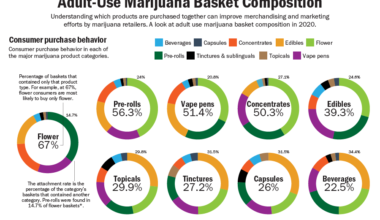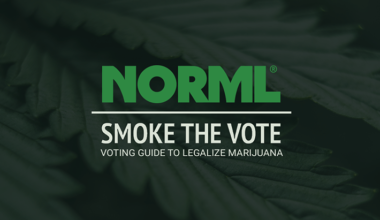
The enactment of statewide adult-use legalization laws is not associated with any nationwide changes in either the use of cannabis by young people or its availability, according to data published by the National Center for Education Statistics. The NCES is part of the United States Department of Education’s Institute of Education Sciences.
Consistent with prior data, the federal report concludes that youth marijuana use has remained unchanged over the better part of the past decade – during which time numerous jurisdictions have legalized the sale of marijuana products to adults. It reads: “The overall percentage of students who reported using marijuana at least 1 time during the previous 30 days in 2019 was not measurably different from the percentage in 2009…. There was no measurable difference between 2009 and 2019 in the percentage of students who reported that illegal drugs were made available to them on school property.”
Commenting on the study’s findings, NORML Deputy Director Paul Armentano said: “These data reaffirm that youth marijuana use has remained stable despite the liberalization of adult use laws. These findings make it clear that cannabis access can be legally regulated for adults in a manner that is safe, effective, and that does not inadvertently impact young people’s habits.”
The report further acknowledged that White, Black, and Hispanic students all consumed cannabis at similar rates during this time period, but that self-reported use was higher among LBGT students and Native Americans.
Text of the study, “Marijuana Use and Illegal Drug Availability,” is online here. Additional information is available from the NORML fact sheet, “Marijuana Regulation and Teen Use Rates.”
Medical Disclaimer:
The information provided in these blog posts is intended for general informational and educational purposes only. It is not a substitute for professional medical advice, diagnosis, or treatment. Always seek the advice of your physician or other qualified healthcare provider with any questions you may have regarding a medical condition. The use of any information provided in these blog posts is solely at your own risk. The authors and the website do not recommend or endorse any specific products, treatments, or procedures mentioned. Reliance on any information in these blog posts is solely at your own discretion.






